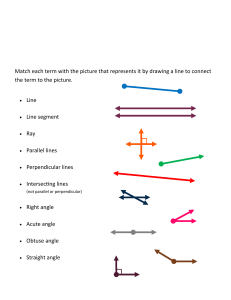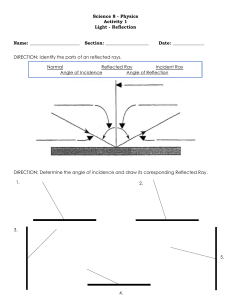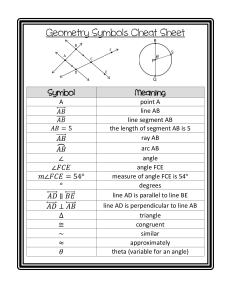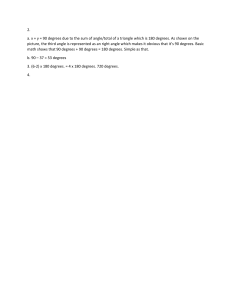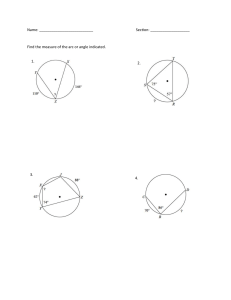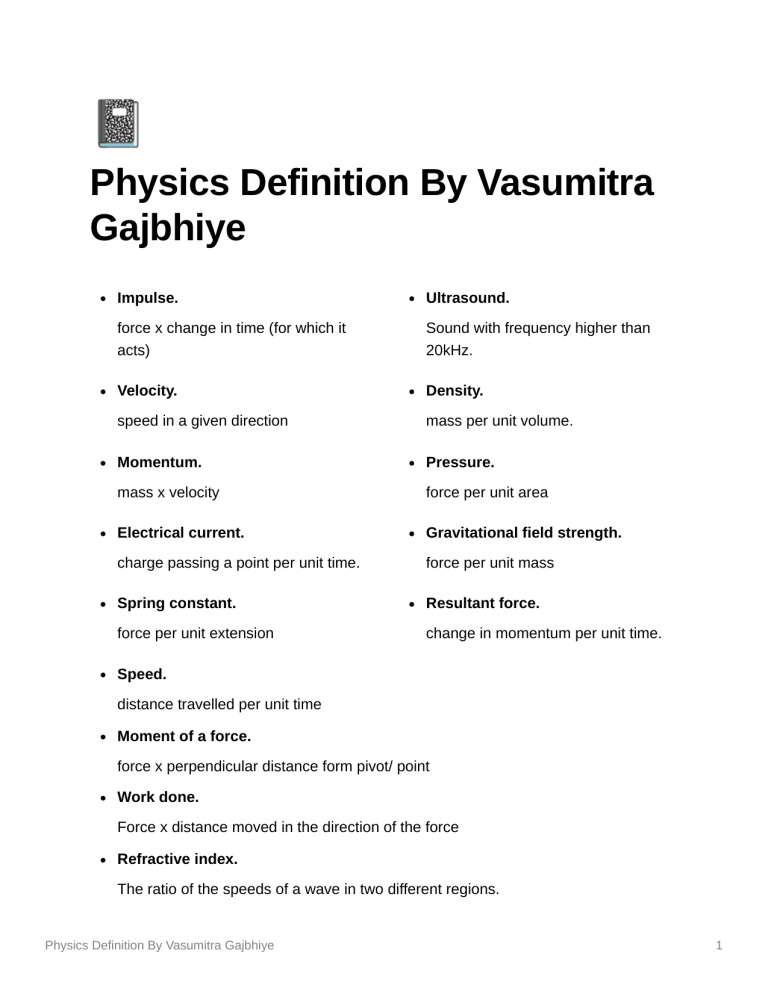
📓 Physics Definition By Vasumitra Gajbhiye Impulse. Ultrasound. force x change in time (for which it acts) Sound with frequency higher than 20kHz. Velocity. Density. speed in a given direction mass per unit volume. Momentum. Pressure. mass x velocity force per unit area Electrical current. Gravitational field strength. charge passing a point per unit time. force per unit mass Spring constant. Resultant force. force per unit extension change in momentum per unit time. Speed. distance travelled per unit time Moment of a force. force x perpendicular distance form pivot/ point Work done. Force x distance moved in the direction of the force Refractive index. The ratio of the speeds of a wave in two different regions. Physics Definition By Vasumitra Gajbhiye 1 Potential difference. Work done by a unit charge passing through a component. Power. Work done per unit time i.e. energy transferred per unit time. Acceleration. rate of change of velocity OR change in speed per unit time/s Half-life. The time taken for half the nuclei of an isotope sample to decay. Principal axis. the line passing through the centre of a lens perpendicular to its surface. Specific latent heat of fusion. (thermal) energy to melt per kg of solid (to change state from solid to liquid) Normal. the line drawn at right angles to a surface at the point where a ray hits the surface. Hubble constant H0 . Ratio of the speed at which the galaxy is moving away from the earth to its distance from the earth. Principal focus. the point at which rays of light parallel to the axis converge after passing through a converging lens. Angle of reflection. the angle between the reflected ray and the normal drawn at the point where the ray hits the surface. Angle of incidence. the angle between the incident ray and the normal drawn at the point where the ray hits the surface. Specific heat capacity. Physics Definition By Vasumitra Gajbhiye 2 energy required to raise the temperature of 1kg/ 1g/ unit mass of a substance by 1°C/ unit temperature Angle of refraction. the angle between a refracted ray and the normal to the surface at the point where it passes from one medium to another. Electromotive force. It is the chemical energy transferred to electrical energy. This energy is supplied by the source/batter/cell in driving a unit charge around a complete circuit. Limit of proportionality. up to the limit of proportionality a spiring follows Hooke’s law i.e. extension is proportional to load. Beyond it spring deforms and doesn’t follow Hooke’s law. Physics Definition By Vasumitra Gajbhiye 3
